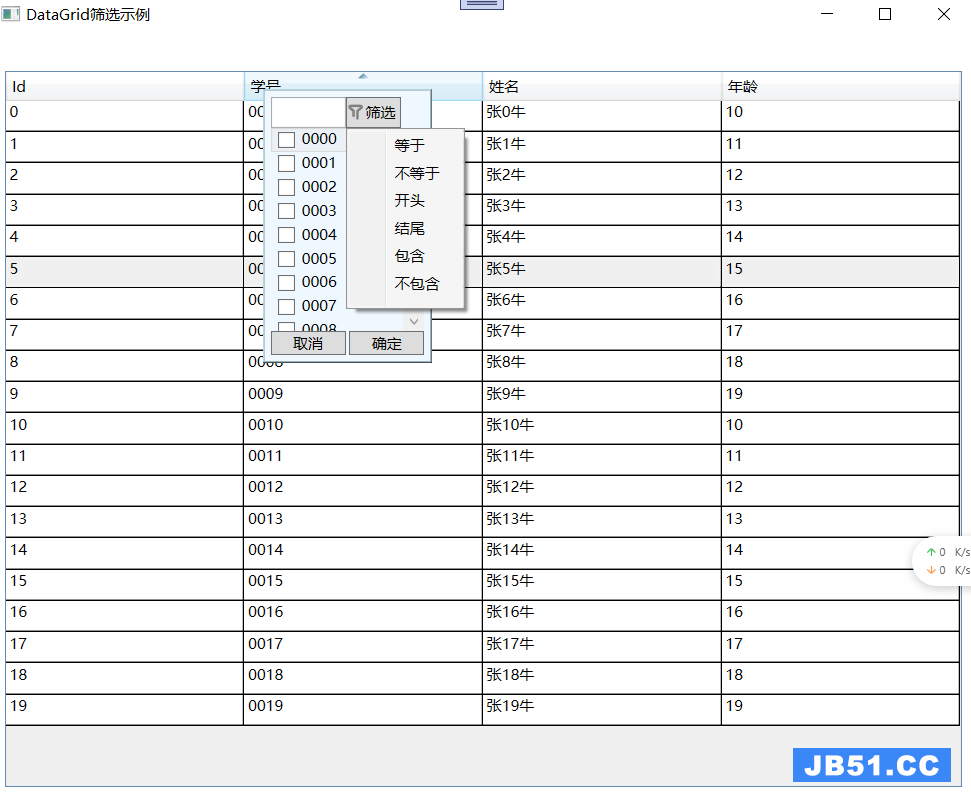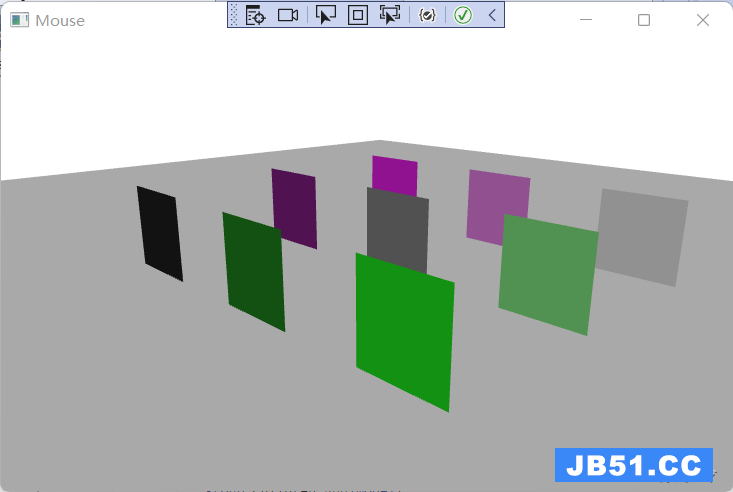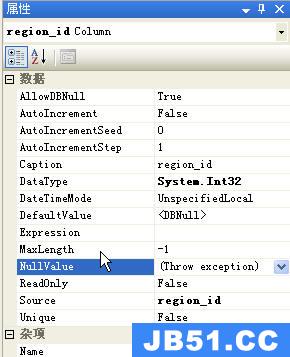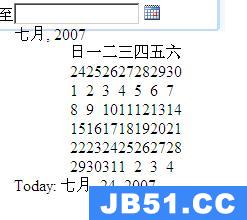我在编写一些单元测试时遇到困难,以测试我创建的自定义ModelBinder.我试图单元测试的ModelBinder是我发布了
here的JsonDictionaryModelBinder.
我遇到的问题是使用Moq获取所有的Mocking设置.由于HttpContextBase没有被正确地模拟,所以我不断得到空的异常.我认为.
有人能帮我弄清楚我没有做什么相关的事情吗?
以下是单元测试的示例我正在尝试写入不起作用:
[TestMethod()] public void BindModeltest() { JsonDictionaryModelBinder target = new JsonDictionaryModelBinder(); NameValueCollection nameValueCollection = new NameValueCollection() { {"First","1"},{"Second","2"},{"Name","Chris"},{"jsonValues","{id: 200,name: 'Chris'}"} }; HttpContextBase httpContext = MockHelper.FakeHttpContext(HttpVerbs.Post,nameValueCollection); ControllerContext controllerContext = new ControllerContext(new RequestContext(httpContext,new RouteData()),new Mock<Controller>().Object); Predicate<string> predicate = propertyName => (propertyName == "jsonValues"); ModelBindingContext bindingContext = new ModelBindingContext() { Model = null,ModelType = typeof(JsonDictionary),ModelState = new ModelStateDictionary(),PropertyFilter = predicate,ValueProvider = new Dictionary<string,ValueProviderResult>() { { "foo",null } } }; //object expected = null; // Todo: Initialize to an appropriate value var actual = target.BindModel(controllerContext,bindingContext) as JsonDictionary; Assert.IsNotNull(actual); Assert.AreEqual("Chris",actual["name"]); //Assert.AreEqual(expected,actual); Assert.Inconclusive("Verify the correctness of this test method."); }
这是上面使用的“FakeHttpContext”方法:
public static class MockHelper
{
public static HttpContextBase FakeHttpContext(HttpVerbs verbs,NameValueCollection nameValueCollection)
{
var httpContext = new Mock<HttpContextBase>();
var request = new Mock<HttpRequestBase>();
request.Setup(c => c.Form).Returns(nameValueCollection);
request.Setup(c => c.QueryString).Returns(nameValueCollection);
var response = new Mock<HttpResponseBase>();
var session = new Mock<HttpSessionStateBase>();
var server = new Mock<HttpServerUtilityBase>();
httpContext.Setup(c => c.Request).Returns(request.Object);
var u = verbs.ToString().toupper();
httpContext.Setup(c => c.Request.RequestType).Returns(
verbs.ToString().toupper()
);
httpContext.Setup(c => c.Response).Returns(response.Object);
httpContext.Setup(c => c.Server).Returns(server.Object);
httpContext.Setup(c => c.User.Identity.Name).Returns("testclient");
return httpContext.Object;
}
}
解决方法
罪魁祸首是这一行:
httpContext.Setup(c => c.Request.RequestType).Returns(
verbs.ToString().toupper()
);
这在技术上是Request对象上的第二个安装程序,它正在擦除原始的安装程序,即使您要在对象层次结构中“过去”.我不知道这是否是Moq或所需行为的错误,我以前也遇到过,并没有得到检查.
您可以通过将该行移动到上面设置您的请求并直接设置,而不是通过httpContext来解决.所以,
request.Setup(c => c.RequestType).Returns(verbs.ToString().toupper());
我也注意到你声明的“var u”没有被使用;)




